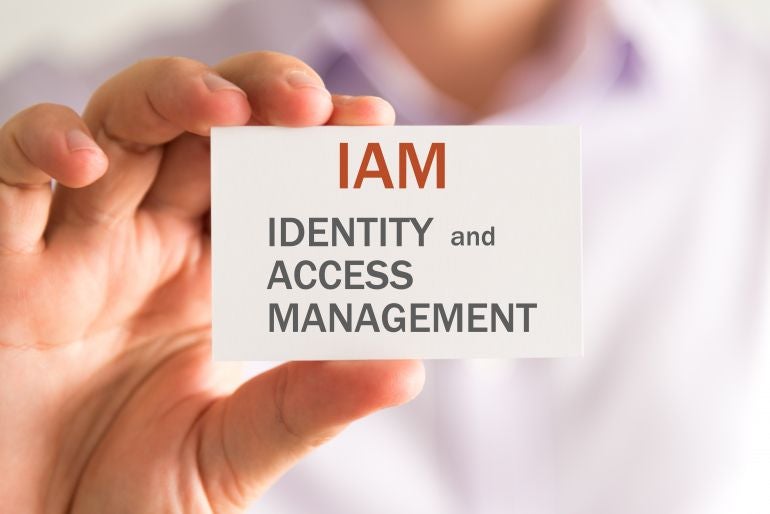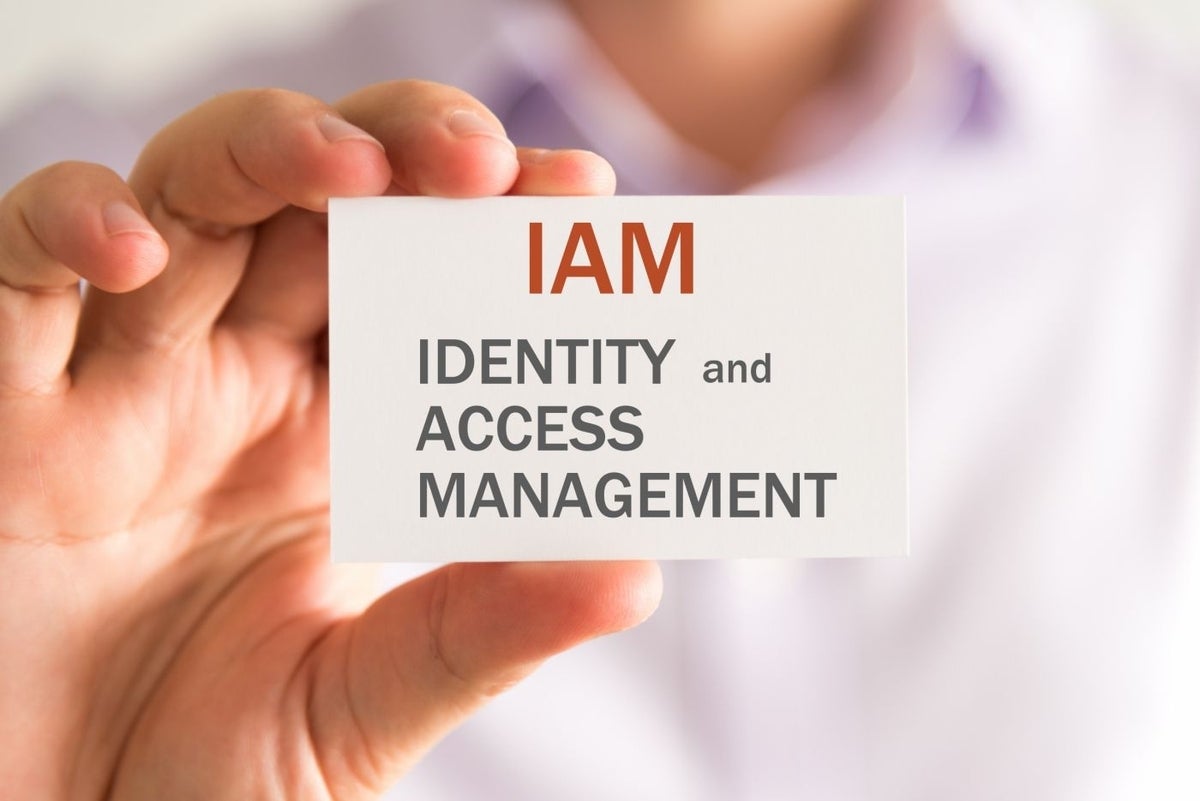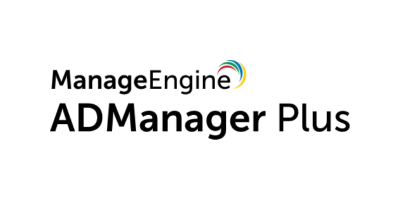
Over the last few years, the increase in remote workers combined with increasingly complex technology stacks has made the need for robust identity and access management even greater. Two of the most popular IAM tools are Okta and Ping Identity. We’ll take a look at how Okta and Ping are similar and different to help you decide which solution may be right for your business.
SEE: Password breach: Why pop culture and passwords don’t mix (free PDF) (TechRepublic)
Featured partners
What is Okta?
Okta took the idea of SSO technology and moved it into the cloud. Okta is strictly a cloud based solution, and does not offer on-premise support without a paid add-on.
What is Ping?
Ping Identity was one of the pioneers of SSO solutions in the early 2000s, and has matured into a full IAM suite that has both a cloud-based component and an on-premise option built in. Ping focuses on internal access to various company assets by employees instead of simply authenticating online logins.
Okta vs. Ping: Feature comparison chart
| Feature | Okta | Ping |
|---|---|---|
| Extensive app integration | Yes | Yes |
| On-premise option standard | No | Yes |
| Multi-factor authentication | Yes | Yes |
| Batch permission and data export | Yes | No |
| Dashboard overview | Yes | Yes |
Head-to-head comparison: Ping vs. Okta
Dashboard
Both Ping and Okta now have accessible dashboard views to quickly access all relevant user and login information. With Ping, this is more of an overview chart, with the ability to search further to find more information.
Okta takes the lead here with its user interface and dashboard implementation. Using a tile-type system that users often refer to as chiclets, you can quickly find and manage different apps along with their associated users and permissions.
Okta also has an optimized browser extension that extends the utility of their dashboard. Many users report they prefer this extension’s time saving features, such as being able to manage an app without opening it or using another tab.
Multifactor authentication
While the multifactor authentication feature is present in both Ping and Okta, Ping offers more support when it comes to things such as fingerprint verification. Ping fully supports this feature across many devices, while Okta only has this for certain phones. Implementing it for standalone readers or desktop use is a bit cumbersome, requiring customization and work-arounds.
Integrations
Both of these IAM solutions offer a wide variety of app integrations that should cover most every popular suite or tool out there. Okta boasts a more streamlined interface and compatibility with a host of third-party apps such as Dropbox, Slack and G-Suite. This sort of compatibility makes setting up your team’s access to various productivity and cloud apps much easier. Their system is clearly built to be platform-agnostic from the ground up, and integration with third-party apps is easier and faster than Ping.
Threat detection
Okta and Ping offer an automatic threat detection system that monitors user access in real time.
With Okta, this feature is referred to as ThreatInsight, which provides data across the entire enterprise environment so admins can make policy changes right in the IAM software.
Ping uses a similar approach which they label API Intelligence. This more AI-based approach can detect real-time threats and aid in making policy changes based on existing user-defined rules.
Is Okta or Ping right for you?
Okta offers a more efficient, ground-up, complete solution to those looking to overhaul or modernize their entire system of identity and user management. Ping is better suited for those businesses which may have an existing infrastructure that they need to work around, such as on-premise requirements or legacy systems.
Okta also offers their different modules separately, so you can choose which options you need, which can save some money and reduce complexity as well if such services are not needed. For example, their SSO module, Universal Directory, Lifecycle Management and MFA are all separate but can be combined to work as complete all-in-one solutions. Ping offers a less flexible structure, preferring to combine most functions into one package.
Both of these IAM solutions are excellent when it comes to managing access. Both will reduce the friction of adding new users as well as save countless hours within your IT department when it comes to dealing with login questions or issues. The choice between Okta and Ping will come down to your specific enterprise environment and requirements.
Leading IAM Solutions
1 Twingate
Twingate helps fast-growing companies easily implement a Zero Trust secure access solution without compromising security, usability, or performance. We believe that “Work from Anywhere” should just work. Twingate’s secure access platform replaces legacy VPNs with a modern Identity-First Networking solution that combines enterprise-grade security with a consumer-grade user experience. It can be set up in less than 15 minutes and integrates with all major cloud providers and identity providers.
2 NordLayer
NordLayer revolutionizes security through seamless IAM integration, featuring advanced authentication protocols - 2FA, SSO, biometrics. This creates a Zero Trust environment, ensuring secure, verified, and permission-based user access. IAM enables precise content and app segmentation, aligning seamlessly with modern security standards. Elevate your security with NordLayer's IAM integration, a cornerstone of modern security practices.
3 ManageEngine ADManager Plus
ADManager Plus is a unified AD, Exchange, Teams, Google Workspace, and Microsoft 365 management solution to simplify tasks such as provisioning users, cleaning up stale accounts, and managing NTFS and share permissions. It offers 200 built-in reports, including reports on inactive user accounts, Microsoft 365 licenses, and users' last logon times. You can build a custom workflow for ticketing and compliance, delegate tasks to technicians, automate AD tasks such as restore and backup AD objects.
4 Dashlane
Dashlane secures your data with a patented security architecture and AES256-bit encryption, the strongest method available. Employees can securely share encrypted passwords with individuals or groups- instead of sending them unsecurely over email or Slack. Try Dashlane Business for free





